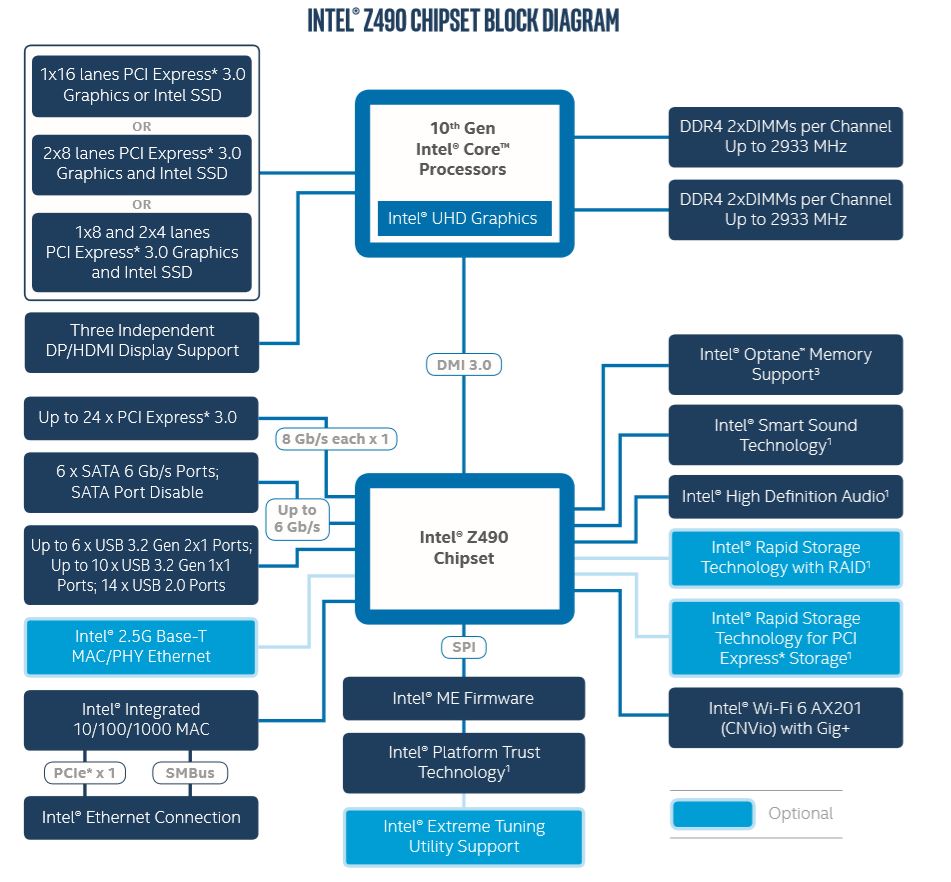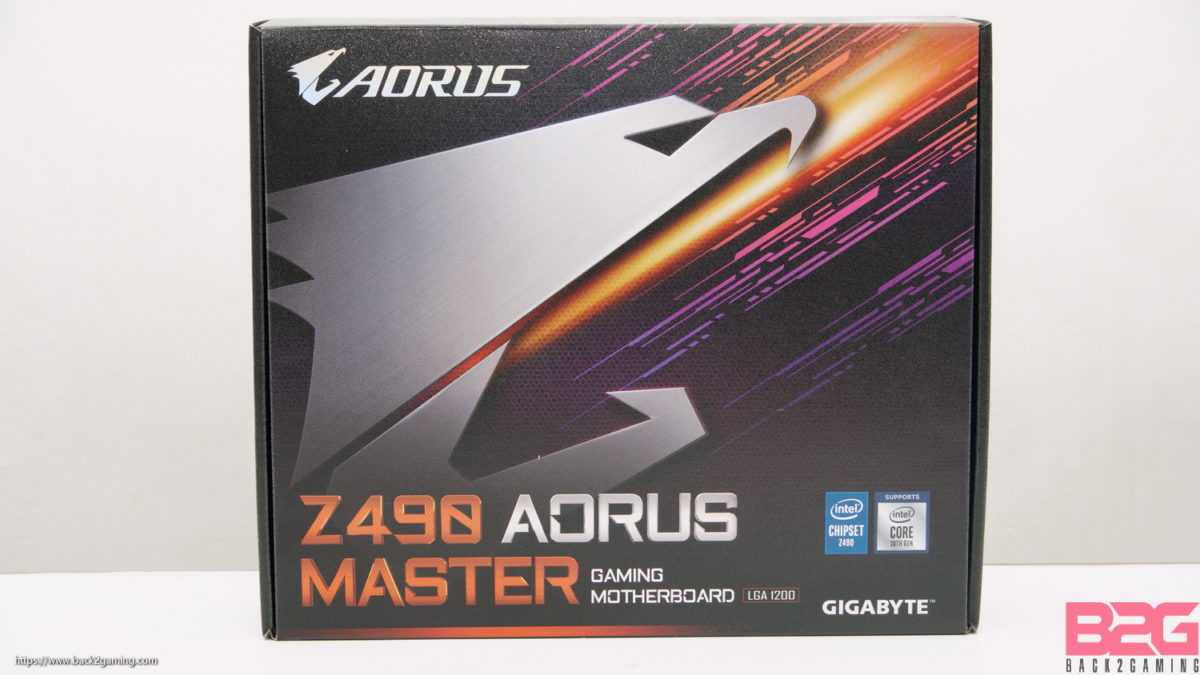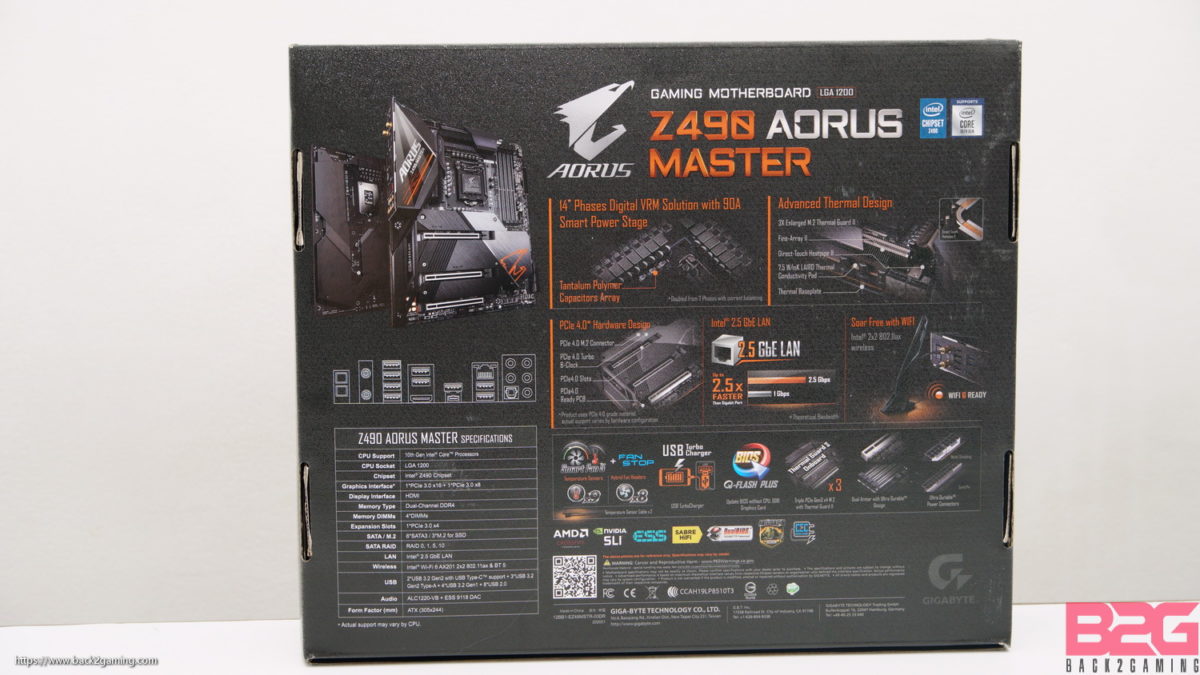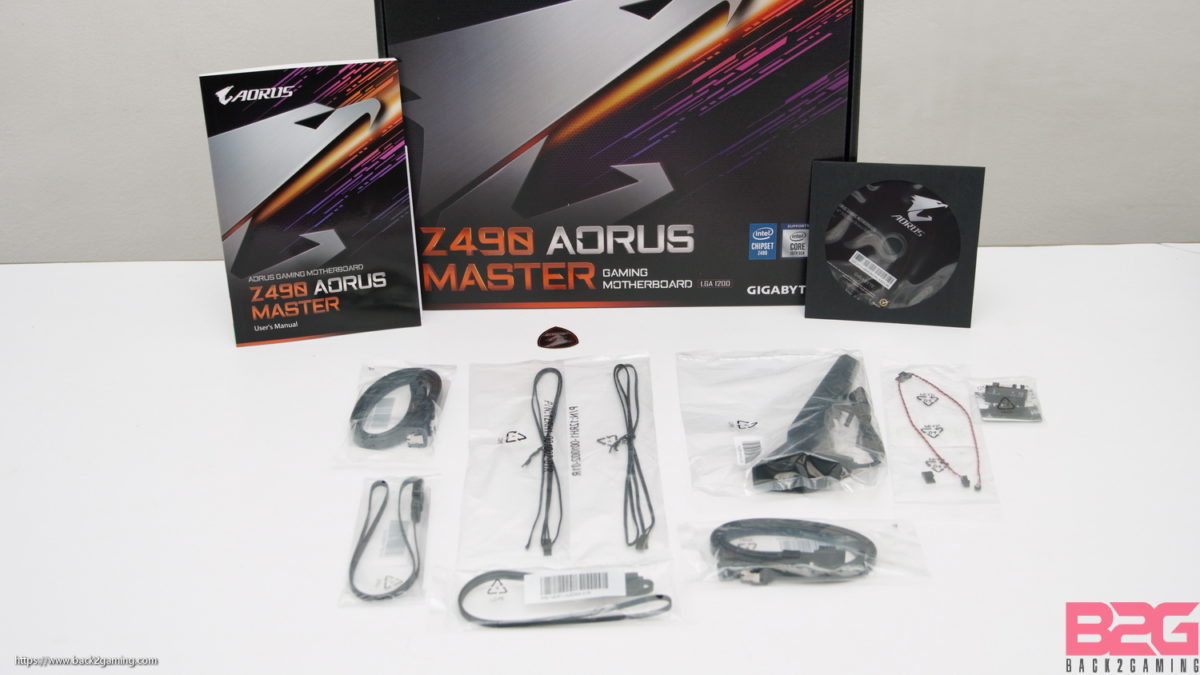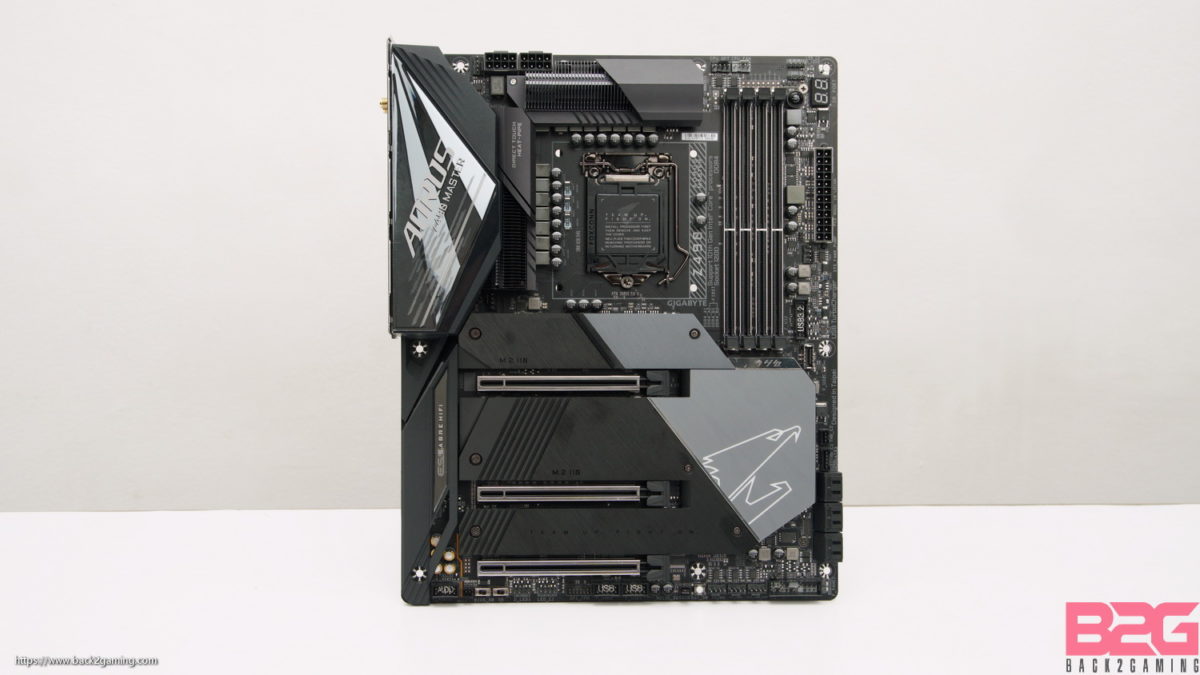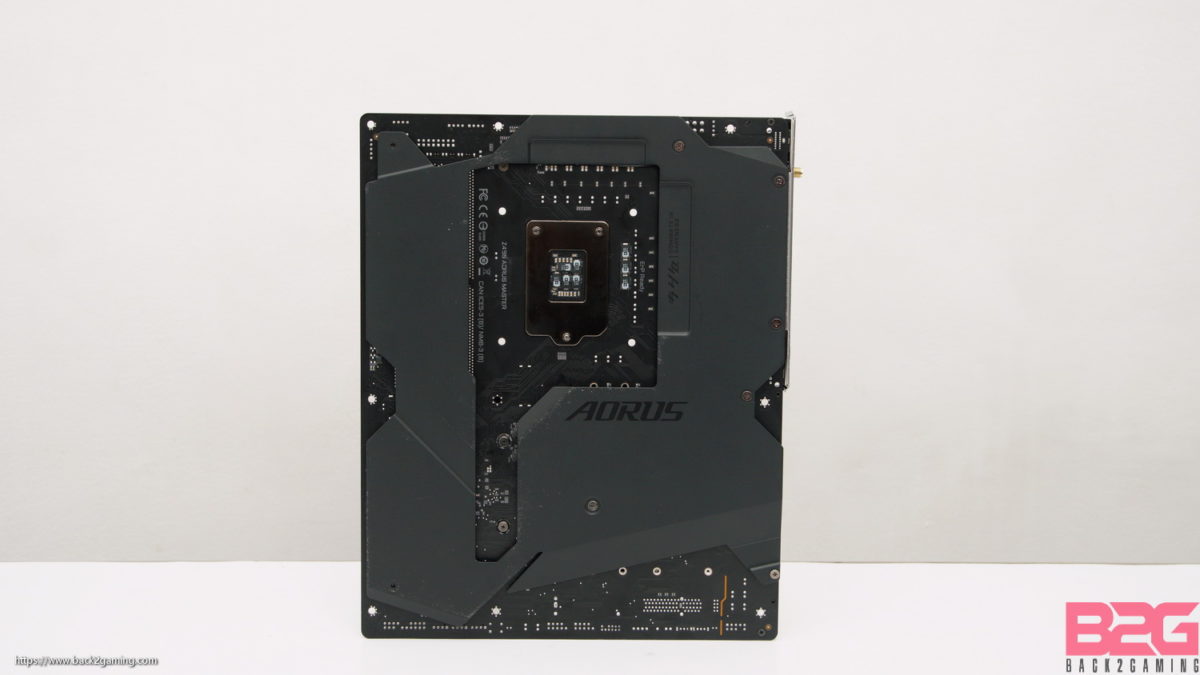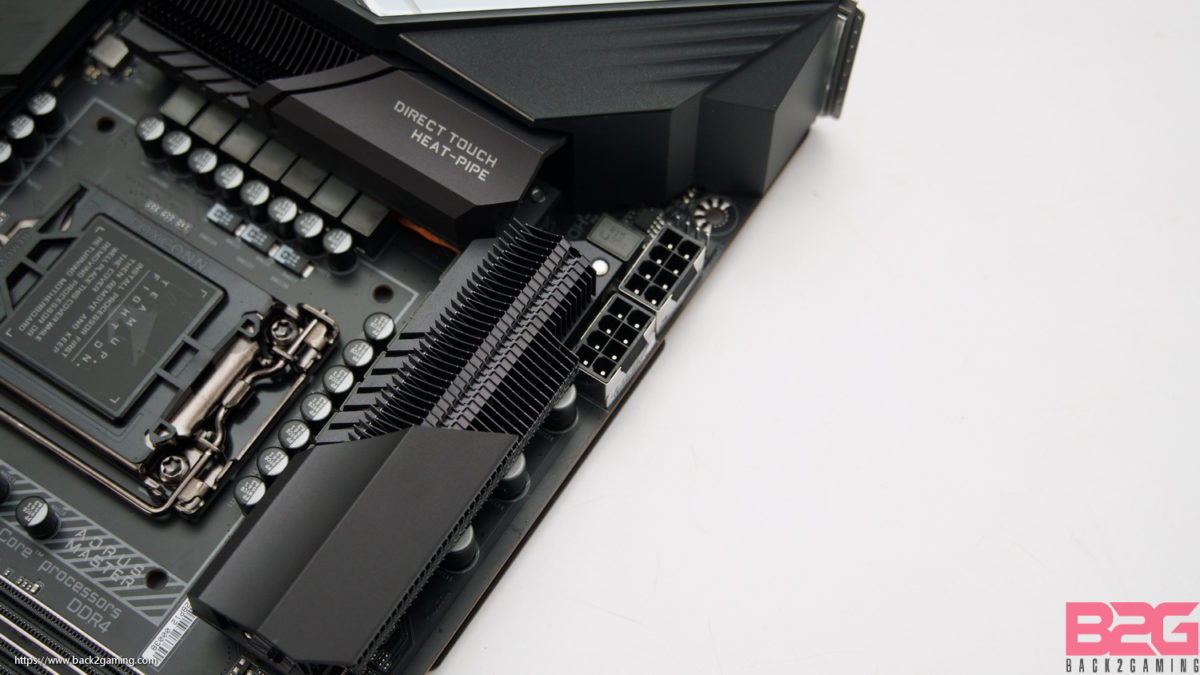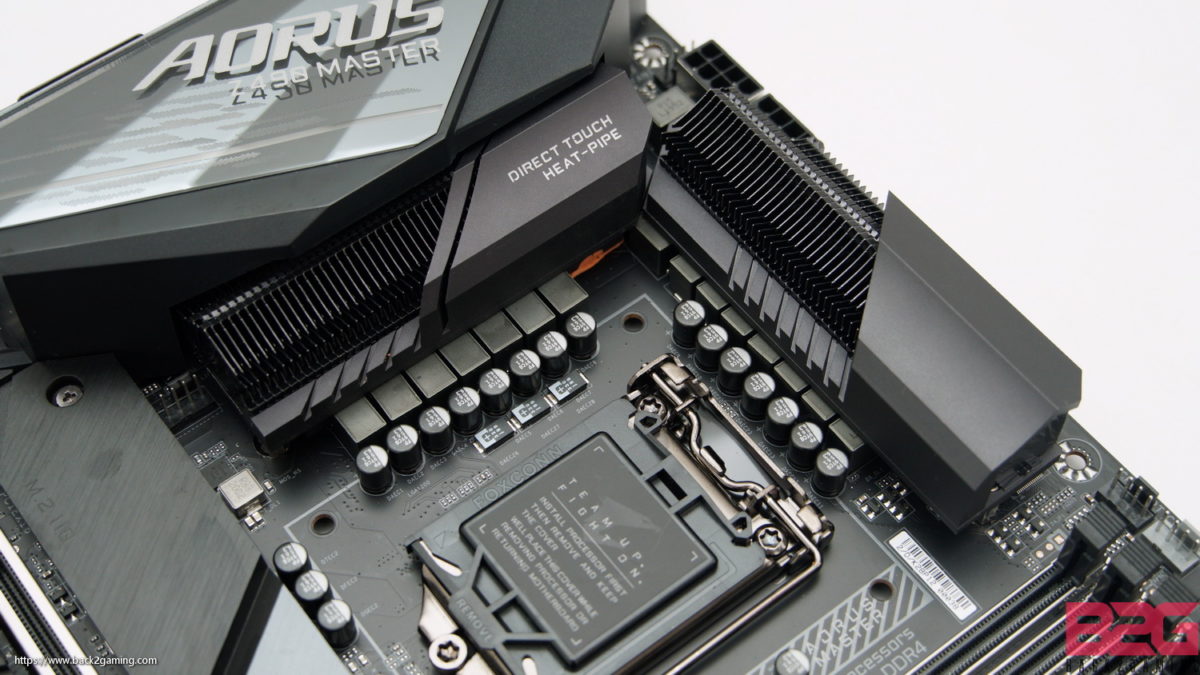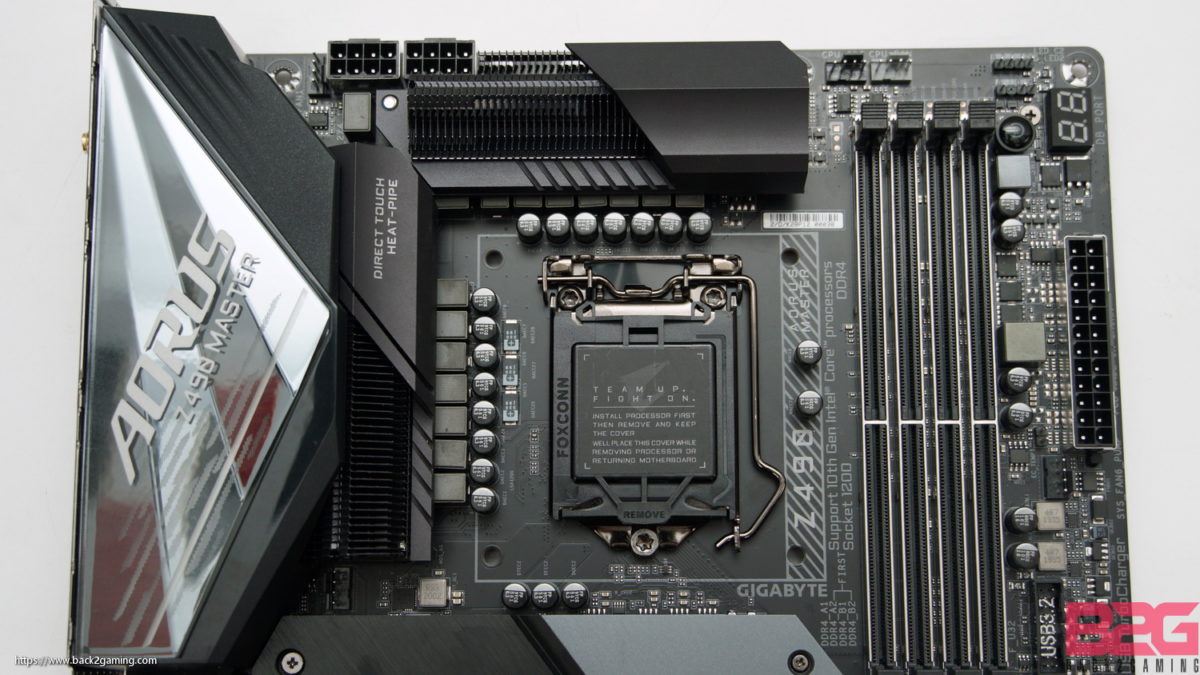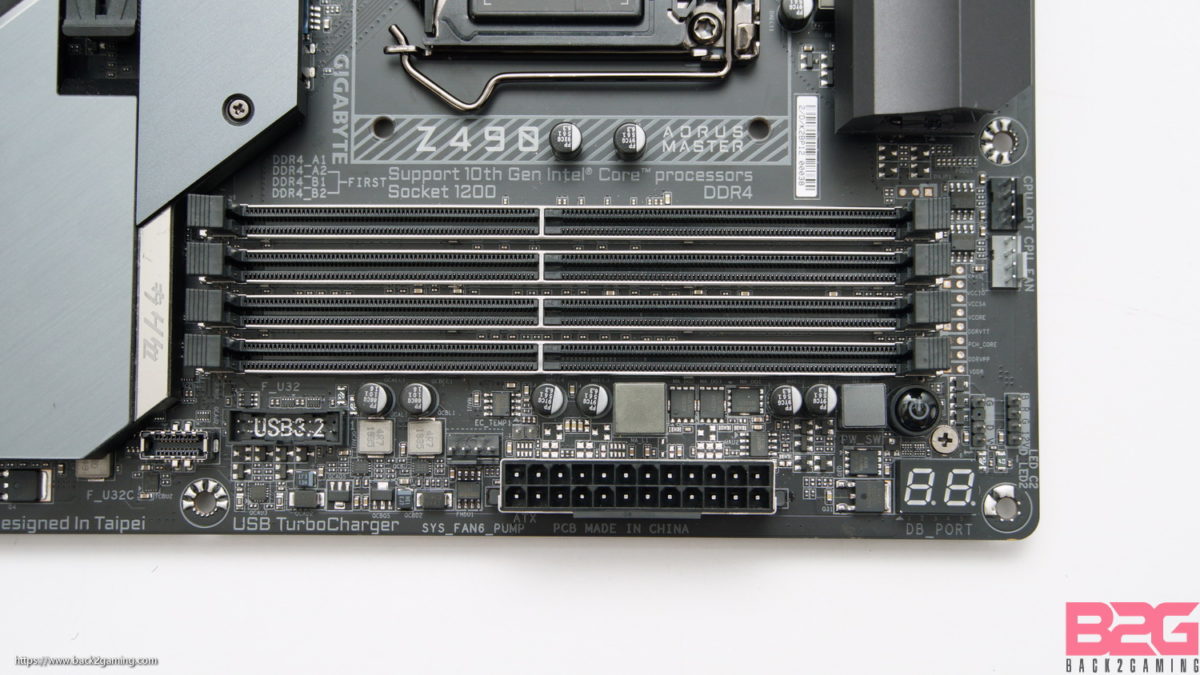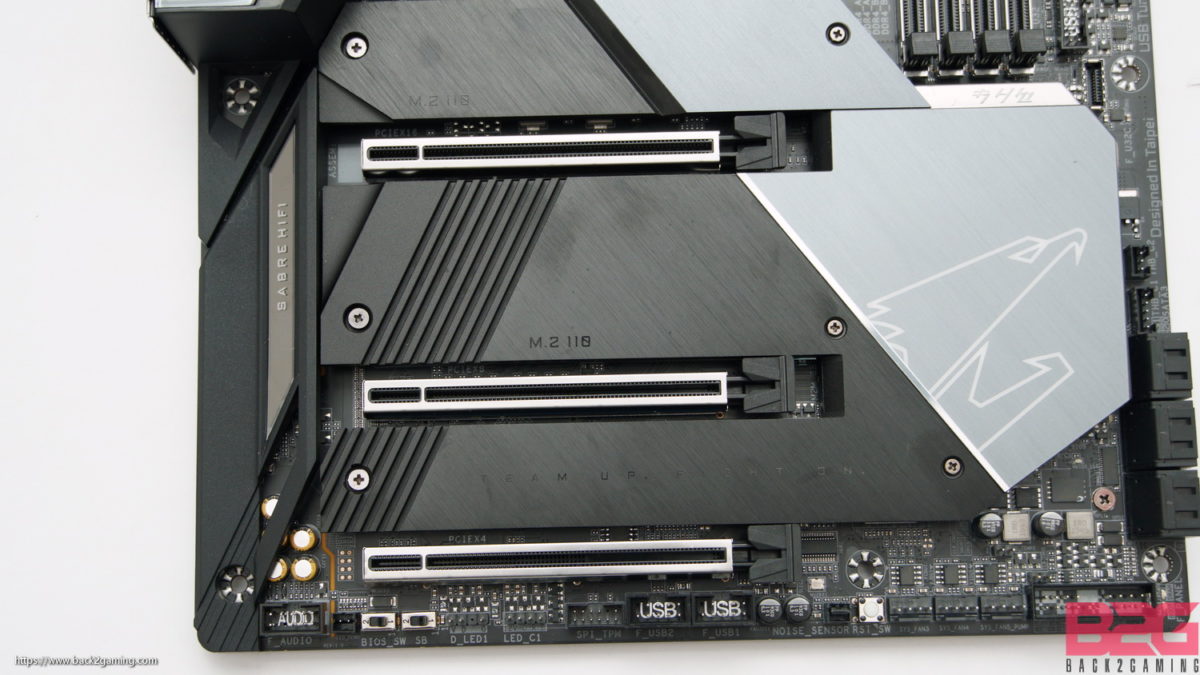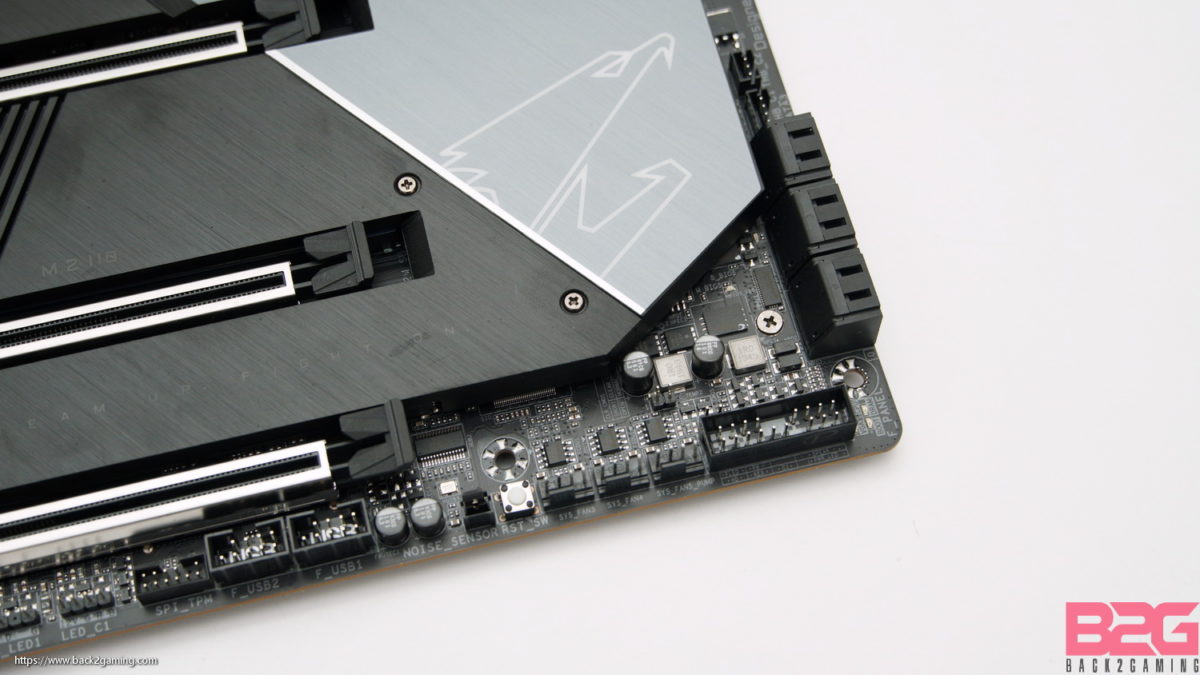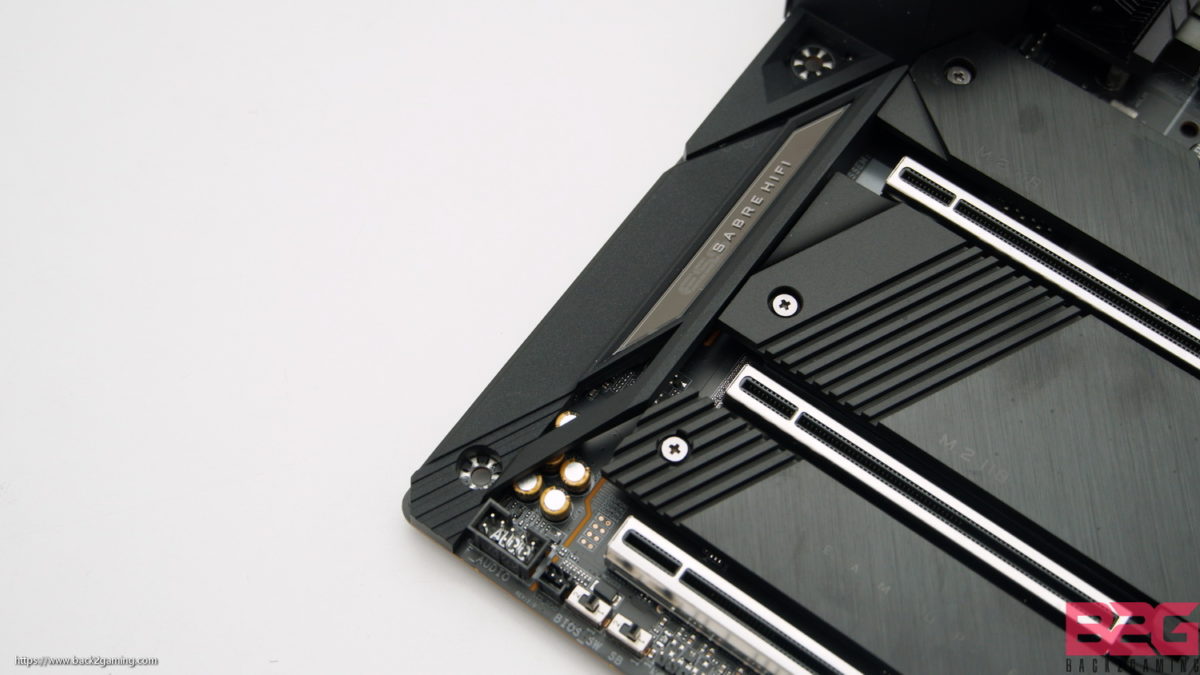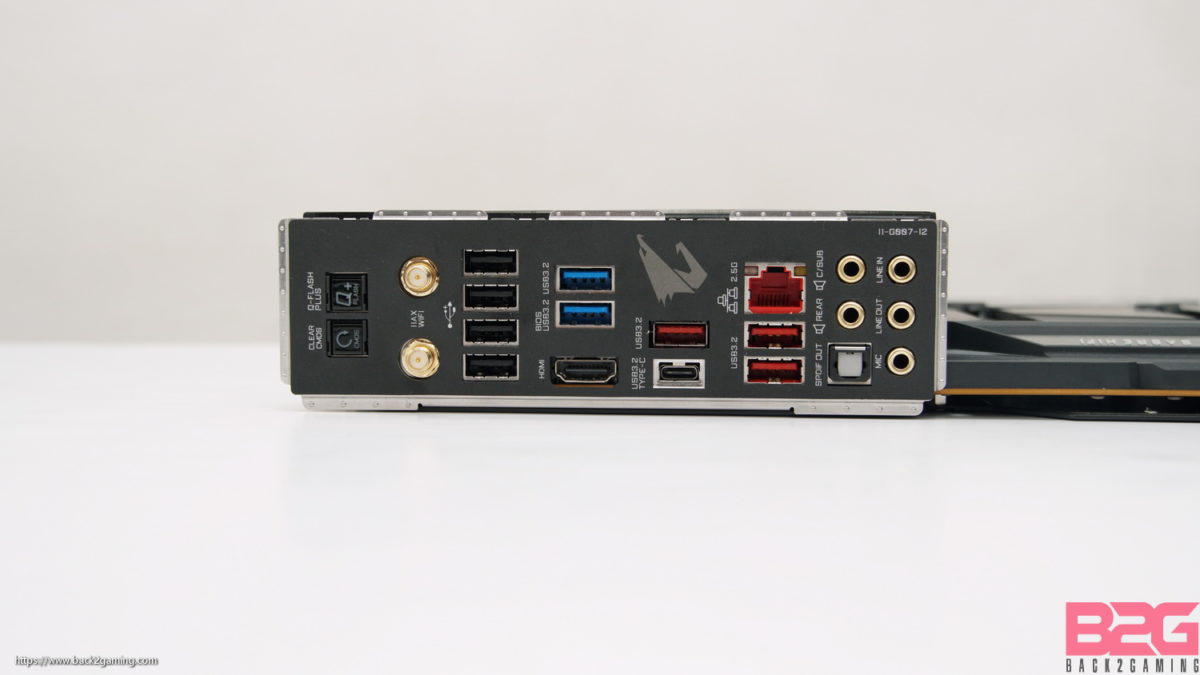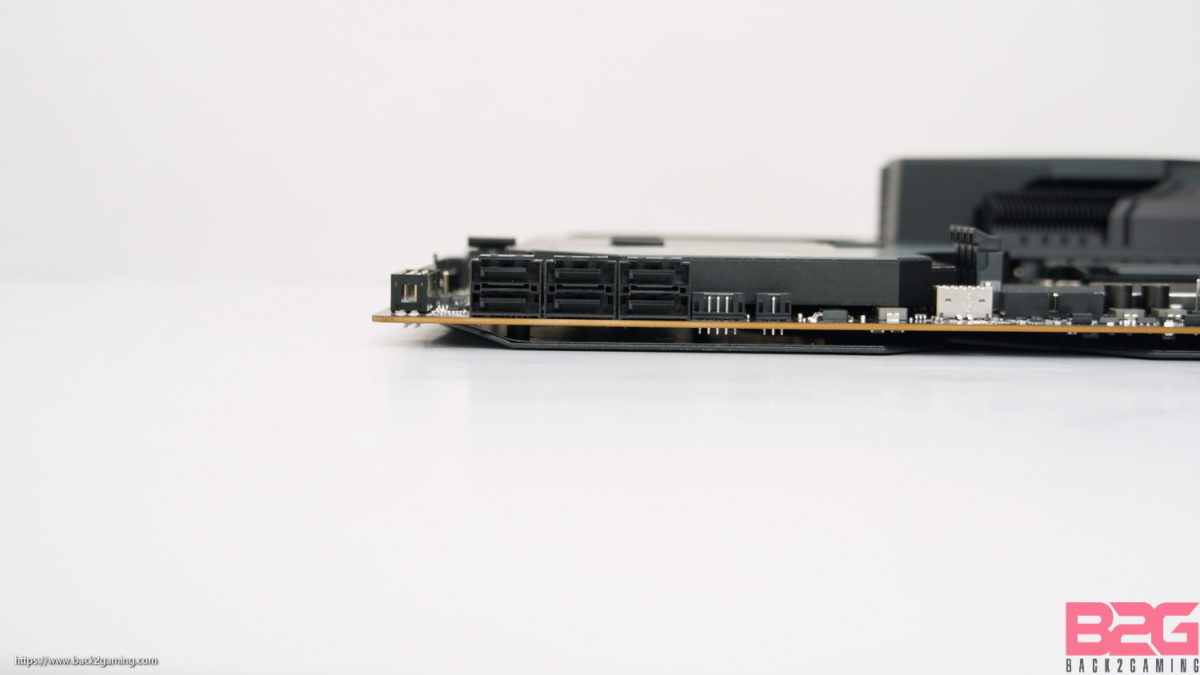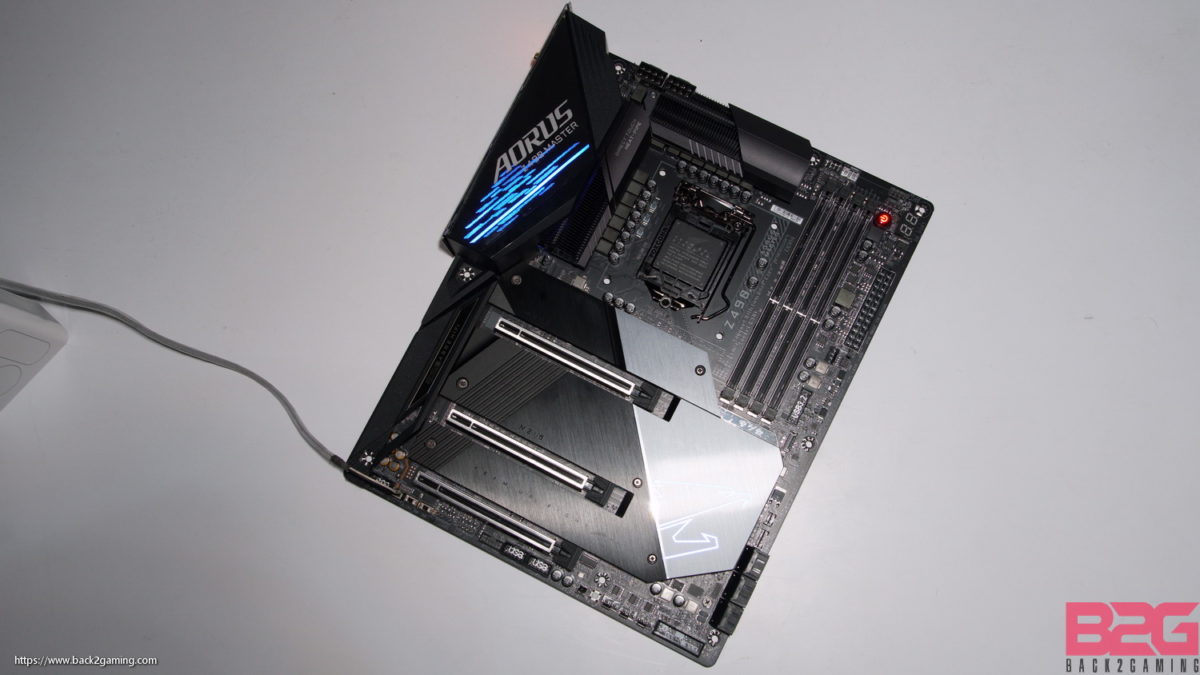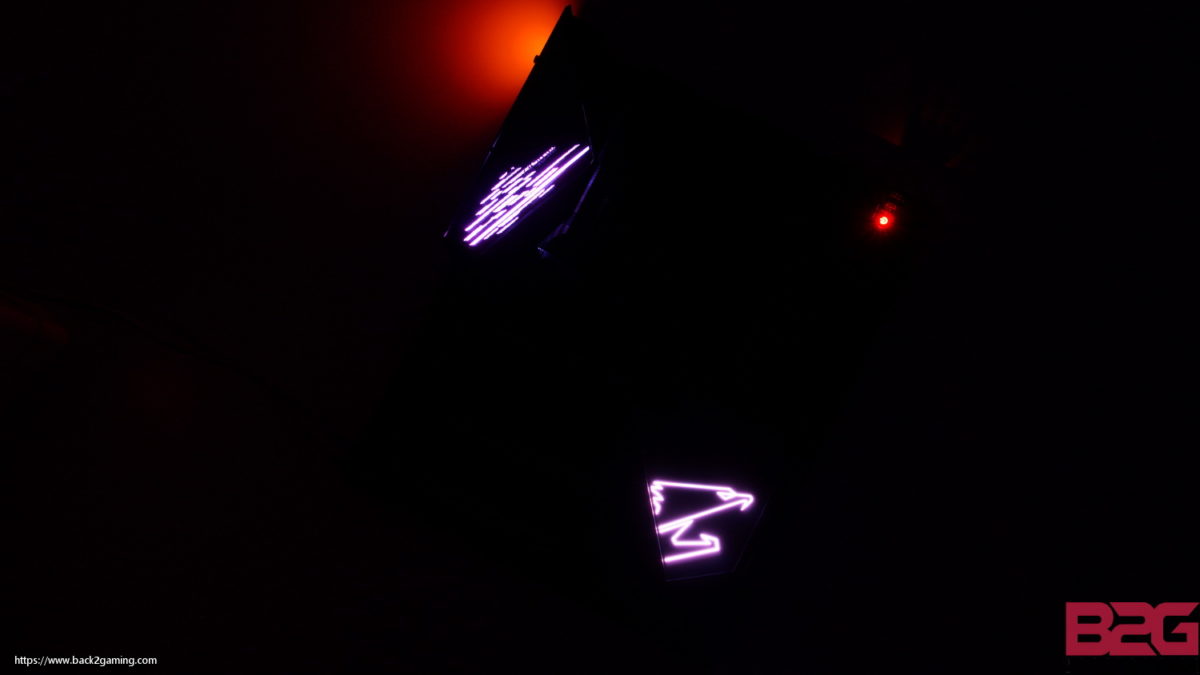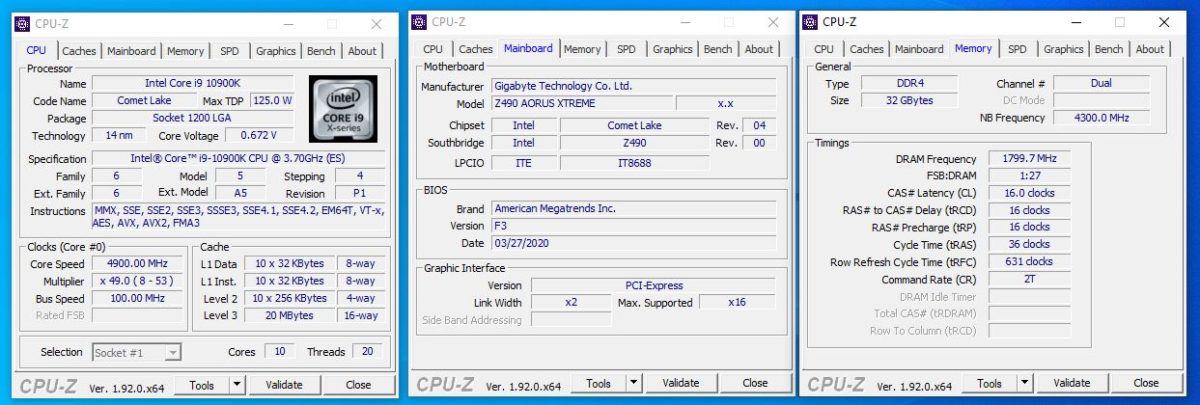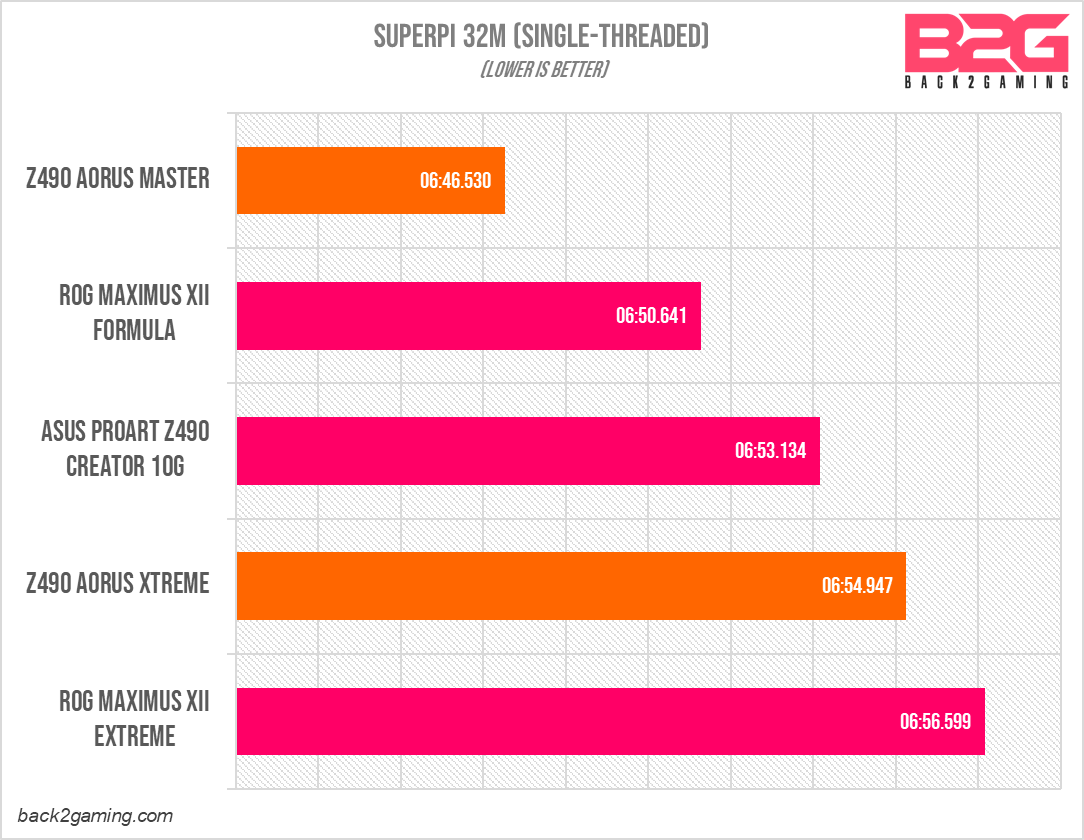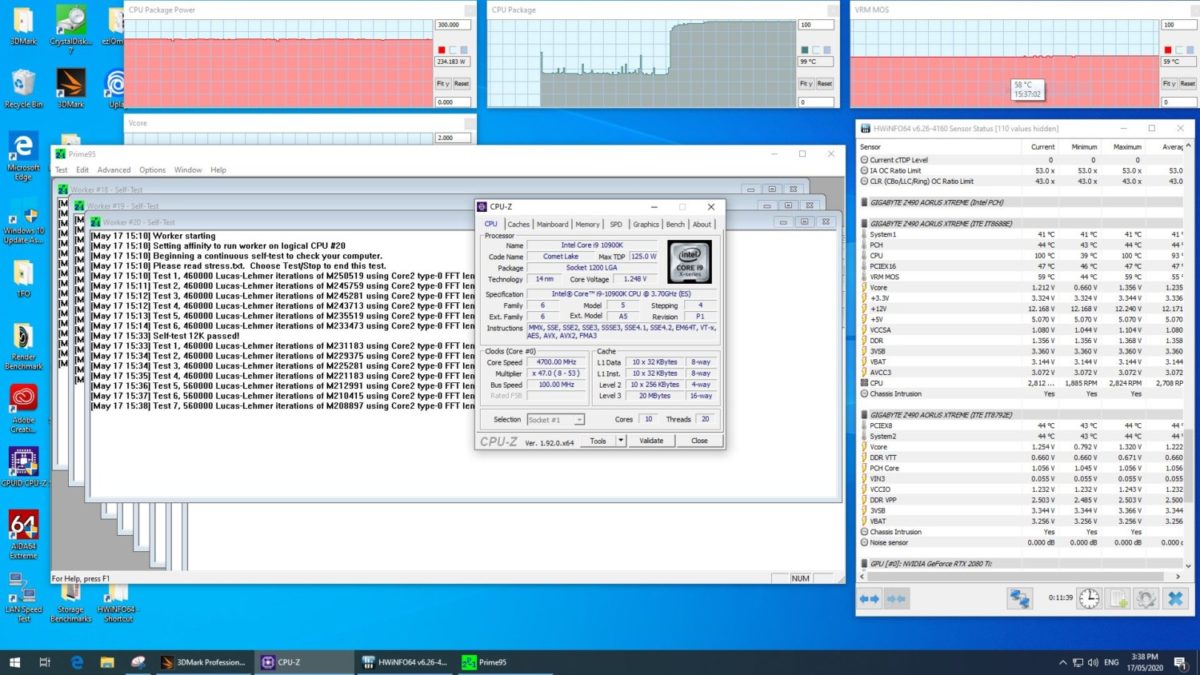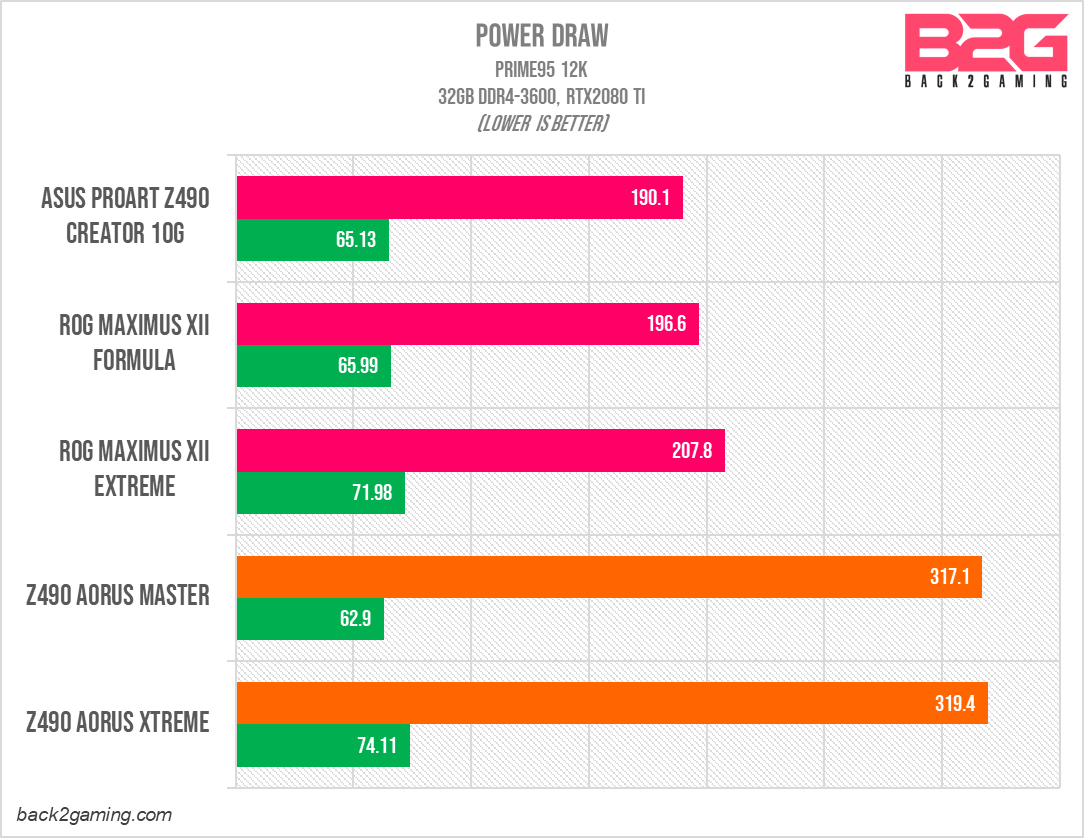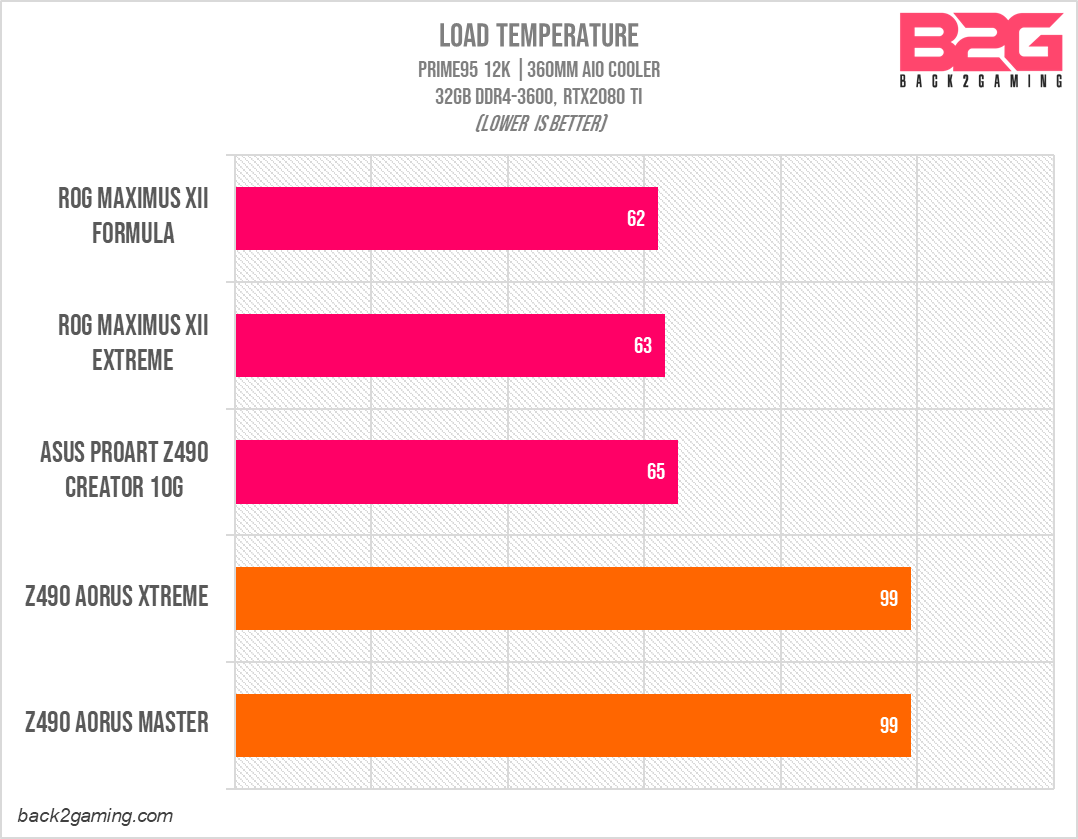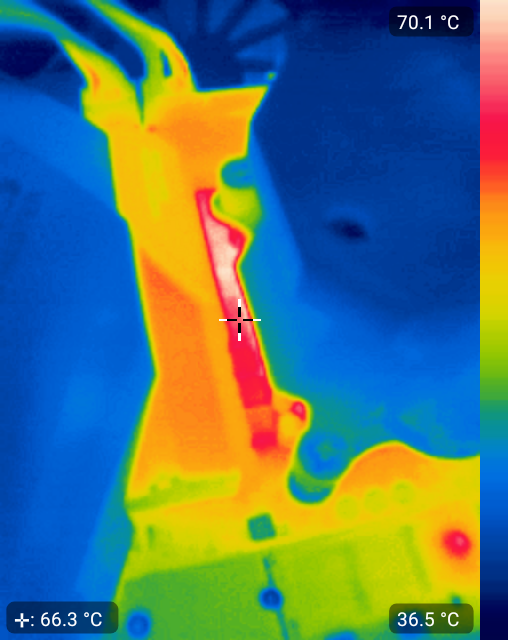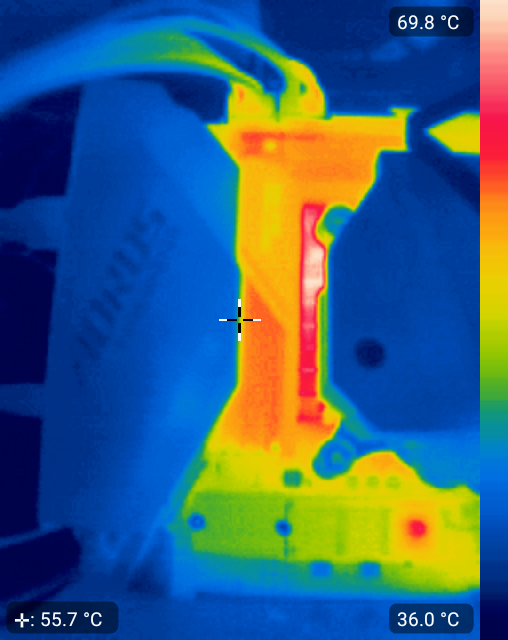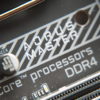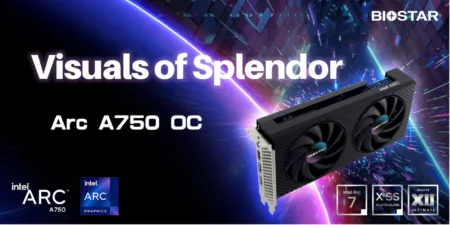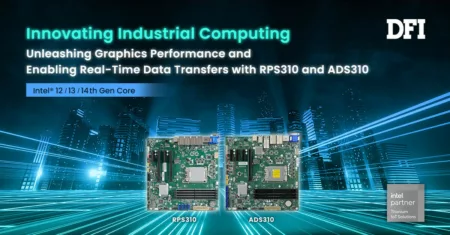Introduction
It’s hard being the hard-working little brother but your elder brothers get all the glory. That’s the situation that the AORUS MASTER has served within the AORUS family of motherboards, serving as the mainstream carrier for the series yet the company drums up the XTREME and WATERFORCE flagships leaving the MASTER-class to serve a heavy role. While the Z390 AORUS Master was reasonably positioned in the market, with X570 starting a paradigm shift in pricing for motherboards, it was inevitable board makers will sustain this uptick. The previous model, the Z390 AORUS MASTER launched with a 360$ price tag but the Z490 AORUS MASTER will see its MSRP go past $500. This is the new normal for motherboard pricing but board makers aren’t leaving it as it is as they’re trying to back the price jump with flagship features that intends to please the enthusiast market.
Today we’ll take a look at the Z490 AORUS MASTER. Now, in a more mature role, this board is aimed at delivering high-end features for the 10th-gen Intel Core CPUs and is intended to be an all-rounded to compete with other sub-$600 flagships from other brands. It’s definitely upped its game from what we’ve seen before from the Intel front of the AORUS MASTER-class but with AORUS pushing it a bit further, they’ll need to tick a lot more boxes.
Read on to find out more about the Z490 AORUS MASTER in this review. Let’s begin!
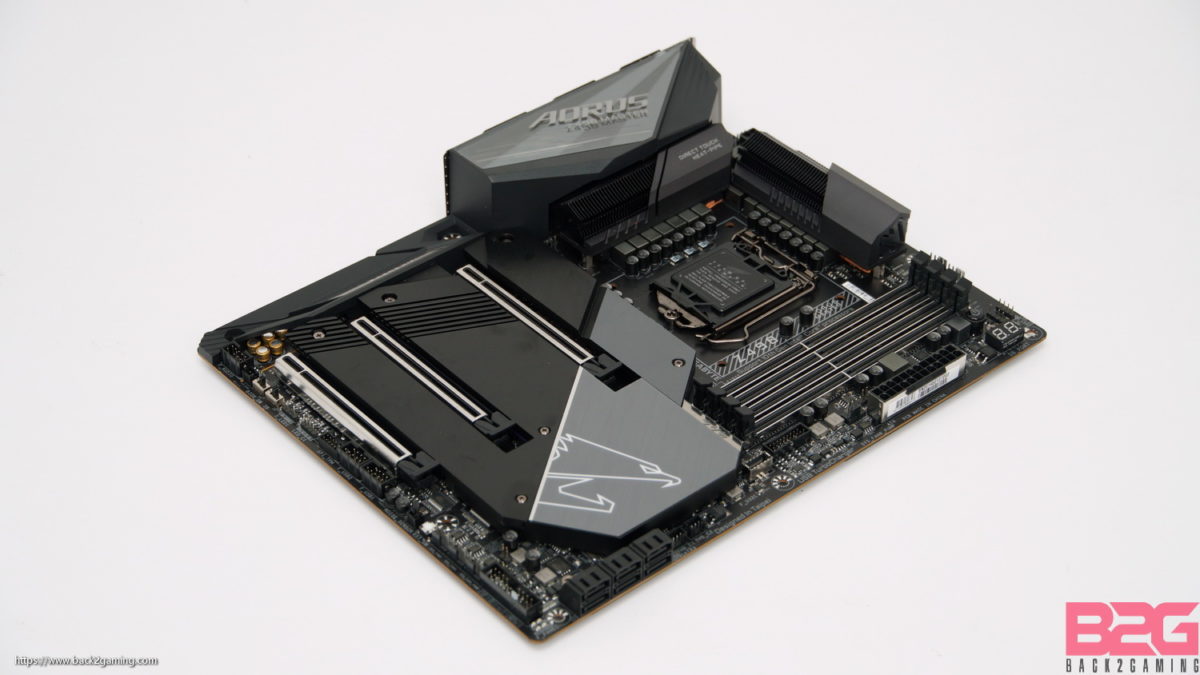
Intel 400 series Chipset – Z490
Let’s be honest Intel, I’d usually do a full breakdown of the chipset for this generation but truth be told, it’s pretty much the Z390 with WIFI6 and LGA1200 socket. Intel cites that the new motherboards required a new power configuration hence the new socket but then again, that’s for the socket, the chipset itself is left with just WIFI6. Intel could’ve released second-gen Z390 but it wouldn’t make motherboard makers happy, would it? For motherboard makers though, they have full freedom to explore newer power implementations. With experience from AMD’s high core-count chips, the Z490 should inherit a lot from the X570 of last-generation in the power delivery side and have some space to play around with the features.
| Intel Z390, B460, Z370 and Z270 Chipset Comparison | ||||
| Feature | Z490 | B460 | Z390 | Z370 |
| Max PCH PCIe 3.0 Lanes | 24 | 24 | 24 | 24 |
| Max USB 3.1 (Gen2/Gen1) | 6/10 | ? | 6/10 | 0/10 |
| Total USB | ? | ? | 14 | 14 |
| Max SATA Ports | 6 | 6 | 6 | 6 |
| PCIe Config | x16 x8/x8 x8/x8/+4 |
x16 x8/x8 x8/x8/+4 |
x16 x8/x8 x8/x4/+4 |
x16 x8/x8 x8/x4/+4 |
| Memory Channels (Dual) | 2/2 | 2/2 | 2/2 | 2/2 |
| Intel Optane Memory Support | Y | ? | Y | Y |
| Intel Rapid Storage Technology (RST) | Y | ? | Y | Y |
| Max Rapid Storage Technology Ports | 3 | ? | 3 | 3 |
| Integrated WiFi MAC | Wi-Fi 6 | Wi-Fi 6 | Wi-Fi 5 | N |
| Intel Smart Sound | Y | ? | Y | Y |
| Integrated SDXC (SDA 3.0) Support | ? | ? | Y | N |
| DMI | 3.0 | 3.0 | 3.0 | 3.0 |
| Overclocking Support | Y | N | Y | Y |
| Intel vPro | ? | ? | N | N |
| Max HSIO Lanes | 30 | ? | 30 | 30 |
| Intel Smart Sound | ? | ? | Y | Y |
| ME Firmware | 14 | 14 | 12 | 11 |
Table courtesy of Anandtech
Closer Look
Unboxing
GIGABYTE ships the Z490 AORUS MASTER in their signature packaging with the model name in front and specs and features on the back. Suddenly I got curious why they don’t do the hero shot on the front anymore. Inside the packaging we have documentation, SATA cables, WIFI/BT antenna, a mic sensor, RGB cables and thermal probes.
Taking the motherboard out, this motherboard is surprisingly light despite the amount of material but it. The front has a I/O shroud with a large piece of glass on top while the bottom half is lined with a metal M.2 heatsink/shroud combo. This shroud sits on top of the board and there are gaps in-between it and the board meaning its a slapped on addition and not a full contact shroud. The rear has a large backplate which improves rigidity as well as improves thermal dissipation.
One of GIGABYTE’s nice innovations of recent times is their VRM fin stack heatsink. It’s been with us since the X470 days and have their roots in the X58 days but has only seen GIGABYTE employ them recently in the AORUS high-end line-up. The implementation for the Z490 AORUS MASTER is slimmer than the AORUS XTREME of this generation.
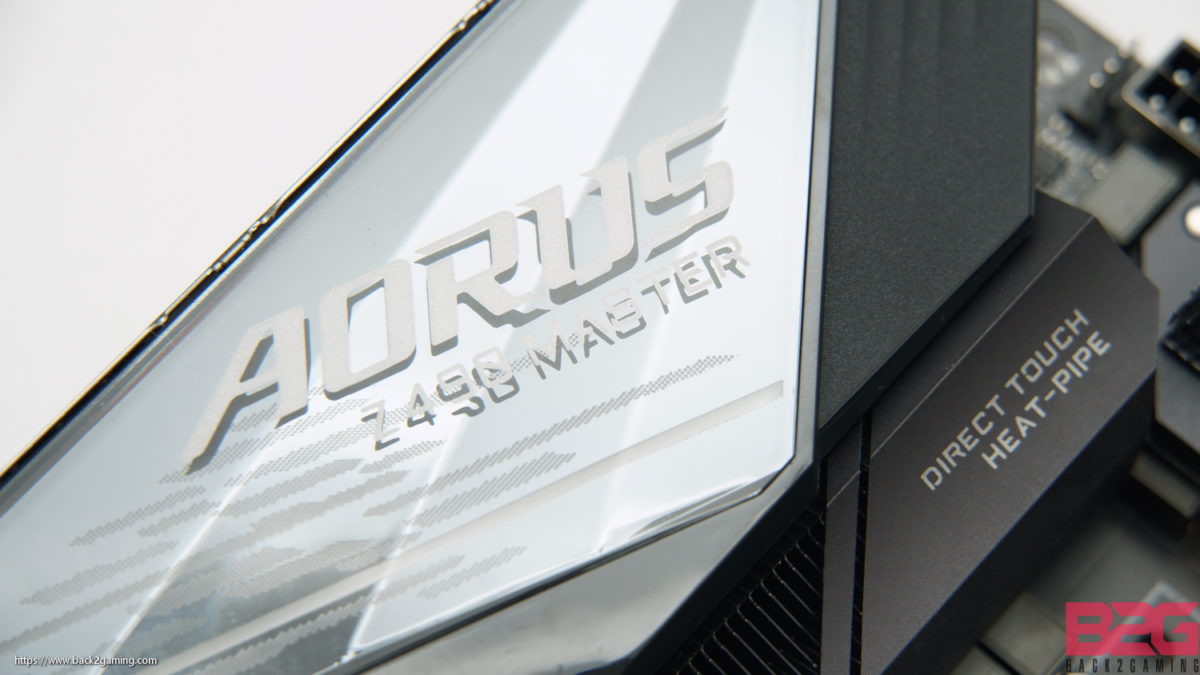
I cannot just put a finger on why I absolutely dislike this print on the I/O shroud of this board. It just looks off and rushed and does not compliment the board at all. Underneath the glass are curves that again don’t compliment the overall design of this board.
Barring the last nitpick, the metallic grey tone of the board helps pull everything together and the metallic DIMM slots not only improves looks but maintain rigidity of the slots as well. The same goes for the ATX 24 pin socket which is also reinforced.
The bottom half of the Z490 AORUS MASTER is concealed by a metal slab posing as a shroud. This is a flat aluminium assembly cut up in 3 pieces: the M.2 heatsink cover on top, M.2 heatsink cover pair on slot 2 and slot 3 and the PCH heatsink top. We feel some glass treatment could’ve been a nice addition here to complete the look but this area of the board just screams cheap.
This board support only up to 2.5G LAN. While rear USB connectors are plenty, we’re curious why GIGABYTE didn’t go with another pair of USB3.2 A+C ports. Audio is powered off an ALC1220 as well. This board supports flashing of BIOS without a CPU as well.
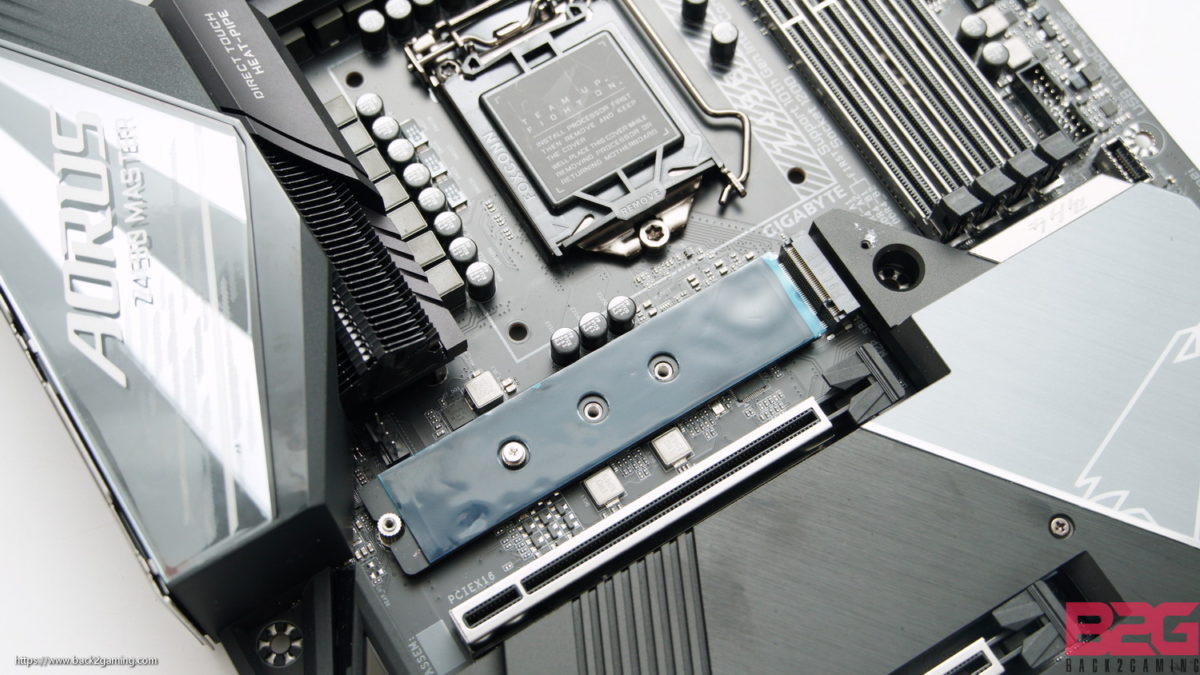
RGB lighting is limited to the PCH AORUS logo and the accent lines on the I/O shroud.
BIOS Walkthrough
AORUS recent UEFI BIOS interface is easy-to-use but highly cluttered due to the lack of visual separation. Everything is under the Tweaker tab and most of the voltage controls and memory control are under their respective groups. Onboard devies and such are under Settings but you’ll need to familiarize yourself with the interface if you want to play around with this boards connectivity and overclocking options.
This motherboard ships with Power Limits disabled. It will run at a higher TDP due to this.
Test Setup & Methodology
| Test Setup: Intel “10th-Gen” | |
| Processor | Intel Core i9-10900K, Intel Core i7-10700K (both engineering samples) |
| Motherboard | GIGABYTE Z490 AORUS MASTER |
| RAM | Gskill TridentZ RGB DDR4-3600 32GB (8GB)x4 CL16 |
| VGA | NVIDIA GeForce RTX 2080 Ti Founders Edition |
| Storage | Seagate FireCuda 510 1TB |
| Power Supply | Seasonic Platinum 1050w |
| Test Setup: Intel “9th-Gen” | |
| Processor | Intel Core i9-9900K, Intel Core i7-9700K |
| Motherboard | ASUS ROG MAXIMUS XI EXTREME |
| RAM | Gskill TridentZ RGB DDR4-3600 32GB (8GB)x4 CL16 |
| VGA | NVIDIA GeForce RTX 2080 Ti Founders Edition |
| Storage | Seagate FireCuda 510 1TB |
| Power Supply | Seasonic Platinum 1050w |
| Test Setup: AMD | |
| Processor | AMD Ryzen 9 3900X, AMD Ryzen 7 3700X |
| Motherboard | ASUS PRIME X570 |
| RAM | Gskill TridentZ RGB DDR4-3600 32GB (8GB)x4 CL16 |
| VGA | NVIDIA GeForce RTX 2080 Ti Founders Edition |
| Storage | Seagate FireCuda 510 1TB |
| Power Supply | Seasonic P1000 Platinum 1000w |
Cooler: ROG Ryujin 360mm AIO Cooler
Monitor: ROG PG27UQ 4K 144hz HDR10 Gsync Monitor
All tests are performed in an open bench with ambient room temperature kept at 35*C (Because its summer in the Philippines.)
Motherboards are updated to the latest BIOS during time of testing kept at their out-of-box settings aside from XMP frequencies when running stock benchmarks.
As many already know, most motherboards will have varying frequency multipliers and this may affect performance overall. As this is part of their out of the box configuration we see it fit to use them as is. All data presented here in are with the default motherboard settings for stock performance. Overclocked performance will be indicated where needed. For non-Z series motherboards, all benchmarks are performed on DDR4-2133 default settings.
As always, we’ll let the numbers do the talking.
Best Practices
- Same thermal paste and same application method used on all cooler mounting. A pre-benchmark stress test is performed to let the TIM settle. We use Noctua NT-H1 for all our testing.
- A fresh install of Windows 10 Pro is used for every sample testing. The OS image contains all benchmarks and games. Drivers are installed after image is installed.
- An average of 3 benchmark runs is used for test sampling.
Benchmarks Used
- Maxon Cinebench R20 – Multi-threaded CPU benchmark
- Blender 3D – BMW 2.7 CPU Render benchmark
- POV-Ray 3.7.1 – Multi-threaded Render benchmark
- HWBot x265 – 4K x265 CPU encoding benchmark
- 7zip Benchmark – a compression benchmark
- wPrime 1024M – multi-threaded prime benchmark
- SuperPI 32M – single-threaded prime benchmark
- PugetBench for Photoshop – an Adobe Photoshop benchmark developed by PugetSystems
- Adobe Media Encoder – an encoding benchmark
- Corona Bench 1.3 – a rendering benchmark
- V-ray 4.10.07 – a raytracing benchmark
- 3DMark Time Spy – a DirectX12 gaming benchmark
- 3DMark Fire Strike – a DirectX 11 gaming benchmark
- PCMark10 Extended – a complete system benchmark
- PCMark10 Digital Content Creation – the content creator sub-score from the Extended test
Other Software
- Latest LAN Speed Test via LST Server
- Latest AIDA64 (Stress Test) -or-
- Prime95 26.6 non-AVX version – Custom 12K (Stress Test)
- Latest CPU-Z
- Latest GPU-Z
- Latest HWnfo 64-bit
Test OS Environment
- Windows 10 Pro 1909
- Latest NVIDIA GeForce Game-Ready drivers
- Latest AMD Chipset/Radeon drivers (when applicable, AMD boards)
- Latest DirectX end-user runtime
Measuring Equipment:
- Flir One USB Thermal Camera via Thermal Imaging+ app
- HP-9800 AC wattmeter with USB interface for app logging
- Sound level meter
Network Hardware
- ASUS ROG Rapture GT-AC5300 Router
We would like to thank the following for our reviews:
Thanks to UL Benchmarks for providing access to their benchmarks for our reviews.
Understanding Intel CPU Behavior Based on Motherboards
For the past couple of years, Intel has introduced Turbo Boost and Turbo Max and now we have Turbo Boost Velocity. While Intel sets a defined standard on how these values affect CPU performance and how long they stay active, motherboard makers were always given rights to comply with these standards. With quad-core CPUs, this wasn’t much of a concern but with newer 6-cores and more-cores CPUs, this has exponentially added to the power draw of these CPUs.
You see, the way this works is that Intel sets the TDP or Thermal Design Power for CPUs at a certain level, in the case for the 10th-gen 10900K, 125W. With Turbo Boost 2.0 active, that will increase until a workload is finished or the CPU meets certain thresholds. On top of this, there is also Turbo Boost Max and Turbo Velocity Boost. These values are set by Intel for the CPU and will take advantage of lifting performance if certain conditions are met. In most cases, especially for gaming or enthusiast boards, companies assume that gamers will be using more exotic cooling that meets or exceeds the TDP rating of the CPU. This means, gaming boards from ASUS, AORUS/GIGABYTE, ASRock, MSI, EVGA, and everyone else that markets themselves as a performance board, in assuming the user has good cooling, will set their own values for Turbo.
Now this has a direct effect on benchmark results, temperatures and power draw, of course. With the higher clocks, power drawn from the outlet increases as the TDP rating increases and so does temperatures. This are usually out-of-box settings for specific boards hence their default settings. While advanced overclockers used to tuning these timings and values can configure the boards to meet a satisfactory setting, most casual consumers will just set XMP and go. This means that in exchange power absolute performance, these boards are assuming users can meet the cooling standards that their settings induce.
Here in Back2Gaming, I test motherboard with out-of-box settings, noting in our conclusion if the BIOS is tuned right, etc. In reading these reviews, we highly urge readers to have an understanding of this behavior as they are not directly Intel’s decision to make which may lead to misinformation about the power draw and temperatures of these CPUs. This, in turn, has its upside besides performance as it shows us a good balance of how much confidence a board maker has on its products if and they do implement an unrestrained Boost on motherboards that are relatively lighter on its VRM cooling, VRM design, lower price, etc. but we will be critical if board makers are just doing this to increase review scores
Arithmetic Test
SuperPI 32M (Single-threaded)
wPrime 1.55 1024M (Multi-threaded)
Encoding Test
HWBOT x265 Benchmark
7zip
Rendering Test
CineBench R20
POV-Ray 3.7.1
V-Ray Benchmark 4.10.07
Corona Renderer Benchmark 1.3
Blender 2.87 – BMW 2.7 CPU Benchmark
Content Creation Test
PugetBench for Photoshop
Adobe Media Encoder
Memory Performance
System Performance – PCMark 10
3DMark Benchmarks
Gaming Test – Rainbow Six: Siege
Power and Temperatures
To measure power draw, we hook-up our power meter on another system via USB. Our power meter is capable providing a chart of power the watts currently being consumed by the unit plug into it. We take the average of 15 minutes idle and 15 minutes load to show our power daw. Our load test is SuperPI 12K. A power virus scenario which you will never encounter on regular use. This is a worst-case scenario but is lighter on power than our previous AIDA64 stress test which is an AVX test, which draws more power than normal. The raw data from app is gathered and we get our results. Temperatures are also captures during this time.
Various configurations will play a factor on how much you are consuming and the same applies to our test. We try to keep our test bench uniform at all times (same memory, graphics card, board if possible, etc). All tests are done with the motherboard or CPU on out-of-box settings as indicated in our Test Setup page with only XMP applied.
When tested on motherboards, this shows how motherboard companies tune their BIOS to affect performance which in turn affects power draw and temperatures.
As you can see in our workload benchmarks, the AORUS boards have a distinct performance advantage over the ASUS motherboards and that’s due to power limits. We’ve discussed in details about TDP and how removing that limit can potentially increase performance but in return for great power draw and CPU temperatures. GIGABYTE has decided to ship their boards with power limits turned off and will allow CPUs to run at their boost without limits. Here we have the Z490 AORUS XTREME on stock settings running a Prime95 12K stress test. As you can see, we’re getting a throttled 4.7Ghz on the CPU clock because our 10900K is running at 99*C under a 360mm AIO.
On short bursts, this can relatively be safe like quick render bursts and so on but for extended periods, will require better cooling or otherwise, a manual overclock to hopefully override the aggressive voltage the motherboard may be using. That said, this is what shows the the difference between performance and thermals/power draw between ASUS and GIGABYTE.
GIGABYTE is running basically double the TDP rating of the 10900K which exposes the limits of this CPU which in turn pushes temps and power draws to very high levels. We’re comfortable running the CPU at 90*C but 99*C is already past my limit for a 4.9Ghz processor.
Thermal Images
Conclusion
Again, a foreword for readers that’s knee jerk reaction is to rip on Intel, that’s not your choice and if a person wants to go that route, it is their choice. Thus, this review assumes the user knows this and is fully committed into purchasing a 10th-gen CPU.
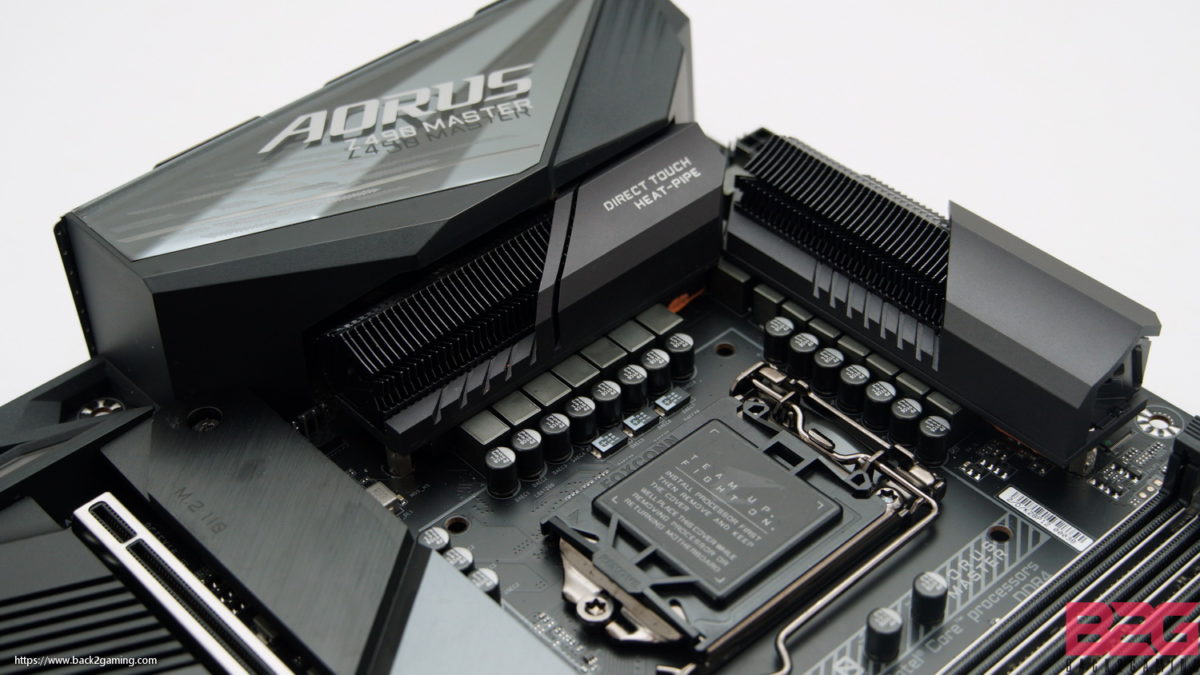
Let’s dive right into breakdown and start on performance: this board doesn’t have anything that screams problematic or wonderful but in its own way, it simply doesn’t standout as much either. That said, if you’re looking to squeeze out performance on your 10th-gen i9, this board can definitely do it and there’s really nothing we can nitpick about this board on that. Overclocking is the same with the XTREME with this board capable of sending any good chip to 5.1Ghz or 5.2Ghz and keep its VRMs respectably cool. Speaking of VRM, the power delivery on this board is 14 phases which is quite large (the Z490 AORUS XTREME has 16) is relatively good enough to handle the 10-core load of an i9. If there’s anything noteworthy in terms of potential performance, GIGABYTE’s ideology of keeping M.2 connectors plenty and buried under a pile of metal is still true with this board and while the shroud is just tacked on top of the PCB, they did manage to design a a nice way to keep the M.2 slots in optimal placements.
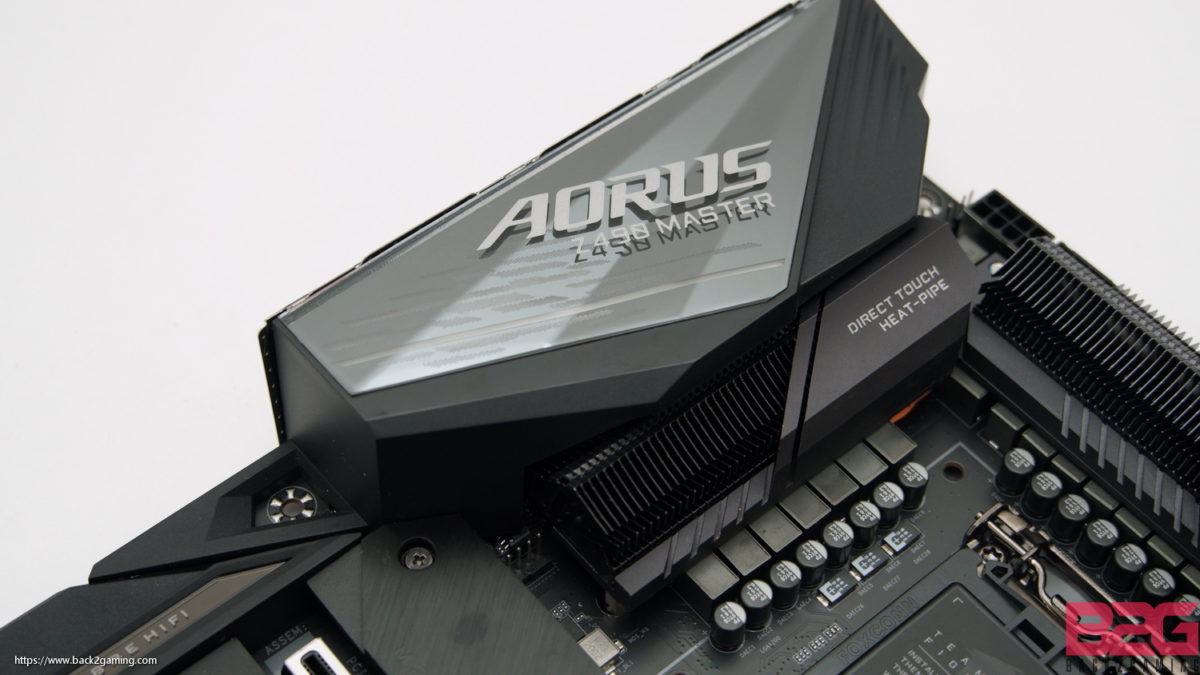
Aesthethically, the board is clean and features a new color palette and motiff from AORUS>, ditching much of the orange from last-gen but opting for a more metallic gray tone on the board highlights rather than the black of the X570 releases. This gives it good contrast to its predecessor but depending on which board, you look at, the actual styling of the board impacts much of what the color does and for the Z490 AORUS MASTER, the metal tooling is superb and the use of glass is excellent but the image above shows how poor placement can ruin a good design. The glass top on the I/O shroud is clean but the AORUS branding on the glass, cheaply done with silkscreen print just looks totally off for me. That said, it is a personal nitpick of mine and it really distract from much of what the board can do but that also leads us to the fact that this board is a $500 motherboard but still exudes design choices put on $300 motherboards: the top-cover-only shroud, the glass print, the slimmer fin-stack VRM heatsink, should not have been the choices for this board, otherwise share the same substantial approach that Z390 AORUS MASTER had on its release.
That said, the majority of our criticism is the apparent lack of effort from GIGABYTE into the Z490 AORUS MASTER. While it is a decent board performance and build-wise, it is not something new or revolutionary but we really have to question the design choices which have made its way to final production: a giant slab of aluminum looks lazily done on the bottom half of the board and the way it integrates to the overall design with the rear I/O shroud proving much contrast. GIGABYTE could’ve done away with the bottom shroud and made the VRM’s heatsinks larger, favoring function over form.
Again, we’re not docking points for the look of the board, its the lack of functionality behind much of the changes that necessitated a price increase that we are criticizing this board given the value jump wherein aside from power delivery, we are not receiving a much in terms of features. It’s an evolution from the Z390 Aorus Master but not in the direction we wanted to see and pricewise, we find it hard to recommend this motherboard. If you’re in the AORUS camp and prefer to set your build around an AORUS motherboard, the Z490 AORUS MASTER is functionally sound and should level in price eventually as its Z390 and X570 brothers have. With that said, we highly urge folks to check out GIGABYTE’s other AORUS motherboards.
GIGABYTE backs the Z490 AORUS MASTER with a 3-year warranty.



